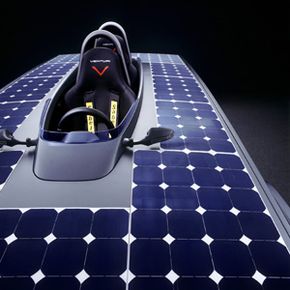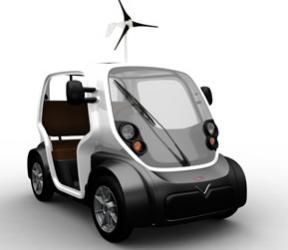Venturi Automobiles is a vibrantly creative builder and marketer of groundbreaking electric vehicles. Over the past seven years, this Monaco-based company has shown a series of advanced but buildable concepts that have made Venturi a leader in emerging transit technologies. In this article, we'll look at the Venturi Astrolab Solar Commuter, an intriguing electro-solar hybrid that combines an athletic yet graceful design with extreme energy efficiency.
The Astrolab name is itself a hybrid, derived from the Latin word for "star" (astro) and the verb "to take" (labe). The name underscores the fact that the vehicle can store and use energy taken from the sun. Onboard solar panels allow the Astrolab to replenish its batteries to a limited extent, even while in motion. They can also be charged via a plug-in electric power source.
Advertisement
Venturi introduced the Astrolab at the 2006 Geneva Auto Show, where it was hailed as a pioneering autonomous-energy vehicle. In 2007, Venturi sent the Astrolab to Los Angeles. It was driven in city traffic, inspected by the mayor and displayed at that year's Wired NextFest Show [source: Edmunds].
Designer Sacha Lakic made sure the Astrolab weighs as little as possible. Minimizing vehicle mass helps maximize performance with a relatively compact and lightweight motor and battery pack. Seeking inspiration, Lakic looked to another vehicle where minimal weight means everything: the Formula 1 racing car. Borrowing from racing technology, the Astrolab has a carbon chassis, with aluminum front and rear suspension units. This intense focus on minimizing mass paid off -- Astrolab has an empty weight of just 617 pounds (280 kilograms).
The Astrolab carbon-fiber main body has aqua-dynamic lines that could have been inspired by modern racing yachts. The nautical comparisons don't stop there: Venturi observes that riding in their electric roadster is very much like sailing in a sailboat -- you glide along silently and effortlessly, propelled by natural energy.
On the next page, we cast some light on Astrolab's size, seating and power unit.
Advertisement


